For four months, Serbia has been gripped by protests. A tragedy in Novi Sad, which might have remained a local issue, has sparked a nationwide movement against entrenched corruption. Yet while the protests are often framed in the West as anti-Vučić or even anti-Russian, this view is far from the truth. What defines the ongoing protests in Serbia and how will students and civil society continue to push for complex change in the country?
Tamara Kamatović, a researcher and writer on education and democracy at the CEU, will help us understand the nature of the current protests in Serbia and dispel common misconceptions about them.
At the event Tamara is going to share:
· What fuels this protest movement, and how does it confront existing power structures?
· How do activists navigate repression while sustaining momentum?
· What is the connection between the Yugoslav legacy and solidarity shown during the protests?
· What do media get wrong about the role of Russia?
The event takes place with support of Dialogbüro Wien
🕔 February 27th, 19:00
📍 Eßlinggasse 9/6, 1010 Wien, Dialogbüro, 2nd floor
✍️ Free entry upon a sign-up
🗣 Event language is English
Tamara Kamatović is a lecturer at the Central European University. She holds a PhD in German Studies and researches civic resistance and the intersections of political and social struggles in education, with a focus on the U.S., Austria, and Serbia. Her pieces on politics and social movements appear at Jacobin and other outlets


Leave a Reply